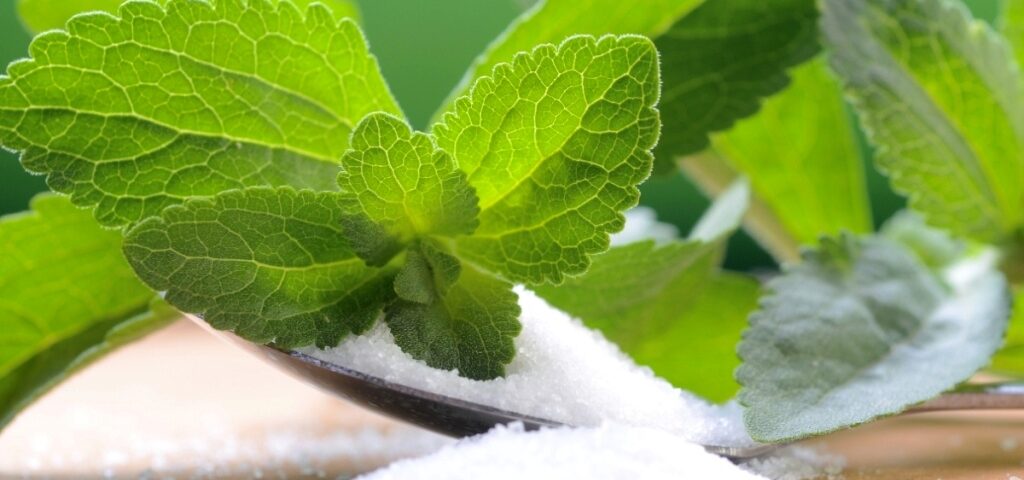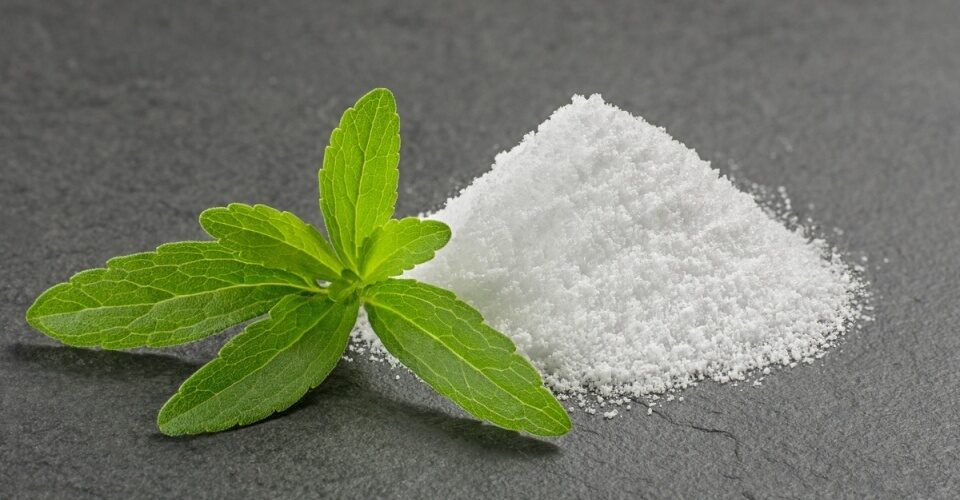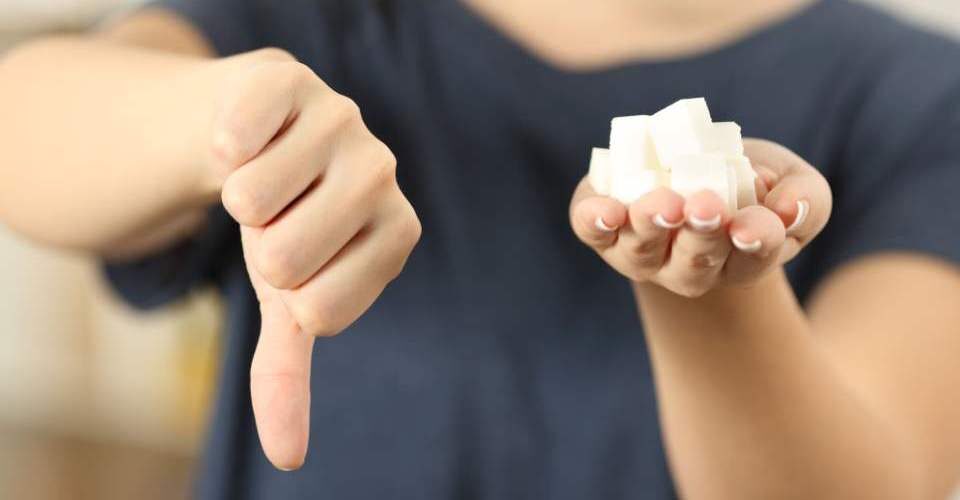Let’s Understand Stevia

Is It Really Worth Eating Sugar
December 16, 2019
Stevia – a Nature’s Gift
December 16, 2019Introduction About Stevia
BOTANICAL NAME : Stevia Rebaudiana Bertoni
Stevia Rebaudiana (Bertoni) is a perennial herbaceous plant and is part of the Asteraceae family. This family includes well-known plants such as dandelion, sunflower and chicory. Stevia is a subtropical plant that requires warm temperatures, adequate rainfall, and lots of sunshine. It cannot tolerate water logging and draught.
The history of the culture of Stevia mainly stems from Paraguay and Brazil. Originally, Stevia only grew in the northern regions of South America but its cultivation has become popular worldwide. Now, India, China, Veitnam and few more asian countries are catching up the pace. Stevia plant is a South American Origin herb that has been used as a sweetener by the Guarani Indians of Paraguay for hundreds of years.Chewing raw or fresh stevia will leave a strong, sweet taste that does not quickly dissipate as sugar. They use it, amongst other things, to make “mate” herbal tea. Stevia is often referred to as the “sweetest plant of the world”. Its leaves are about 5 cm long and 2 cm wide and are planted crosswise, facing each other. In the wild, the height of the plant varies from 40 to 80 cm but when cultivated, the Stevia can become 1 meter high. Stevia can be grown on relatively poor soil. The plants can be used for commercial production for 6 years, during which five times a year a harvest takes place of the part of the plant that is above the ground. The roots remain in place and so the plant regenerates again.
The sweet herb Stevia is becoming a major source of natural sweetener as an alternate of sugar. It is rapidly replacing chemical / synthetic / artificial sweeteners like Sucralose, Aspartame, Saccharin, Advantame, Etc.




